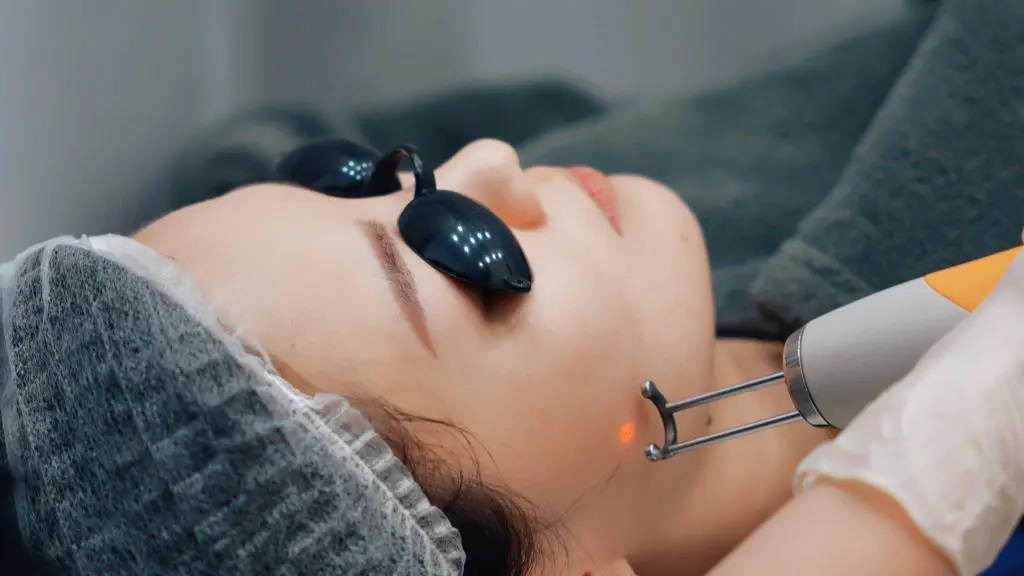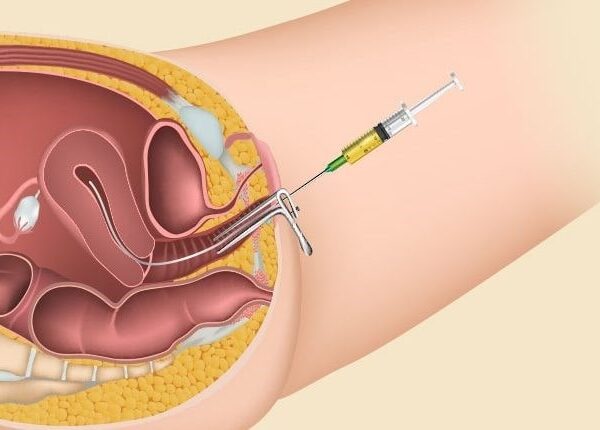Pico laser technology has taken the world of skincare and dermatology by storm, promising effective solutions for various skin concerns. Whether you’re dealing with unwanted tattoos, pigmentation issues, or signs of aging, Pico laser treatments can offer remarkable results. However, before you dive into this cutting-edge technology, it’s essential to understand what Pico laser downtime entails. In this article, we’ll explore what Pico laser is, when you should consider it, and, most importantly, delve into the specifics of Pico laser downtime.
What is Pico Laser?
Pico laser, short for picosecond laser, is a revolutionary technology that has transformed the field of dermatology and cosmetic procedures. Unlike traditional lasers, which operate in nanoseconds (billionths of a second), Pico lasers function in picoseconds (trillionths of a second). This incredibly short pulse duration allows Pico lasers to target and break down pigment and tattoo ink particles more effectively and with minimal damage to surrounding skin tissue.
Pico lasers come in various forms, each designed for specific applications. The two primary types are the PicoSure laser and the PicoWay laser, both of which excel in treating various skin concerns. PicoSure is renowned for tattoo removal and rejuvenating aging skin, while PicoWay is highly effective in addressing pigmentation issues, tattoos, and skin revitalization.
When Should You Go for Pico Laser?
Now that you have a basic understanding of what Pico laser is, let’s explore when it’s the right choice for you. Pico laser treatments can be beneficial for a wide range of skin issues, making them a versatile option for many individuals.
Tattoo Removal: Pico lasers, particularly the PicoSure and PicoWay lasers, are excellent choices for tattoo removal. Whether you’re looking to erase a small tattoo or significantly lighten a large one, Pico lasers can help break down the ink particles faster and with fewer sessions compared to traditional laser treatments.
Skin Pigmentation Concerns: If you struggle with skin pigmentation problems such as melasma, sunspots, or freckles, Pico laser technology can target and break down the excess melanin in your skin, resulting in a more even complexion.
Acne Scarring: Pico lasers can also be effective in treating acne scars. By stimulating collagen production and remodeling the skin’s structure, these lasers can help improve the appearance of pitted or raised acne scars.
Fine Lines and Wrinkles: Pico laser treatments can be part of your anti-aging regimen. They can help minimize the appearance of fine lines and wrinkles by stimulating collagen and elastin production, leading to smoother and firmer skin.
Skin Revitalization: Even if you don’t have specific skin concerns, Pico laser treatments can help rejuvenate your skin’s overall appearance, giving you a fresh and youthful glow.
Understanding Pico Laser Downtime
One crucial aspect to consider before opting for Pico laser treatments is the downtime involved. Downtime refers to the period after the procedure when you may experience side effects and need to take precautions to ensure proper healing and optimal results.
Immediate Post-Treatment Effects: Right after a Pico laser session, you can expect some immediate effects on your skin. These typically include redness, swelling, and a sensation similar to a mild sunburn. These effects are usually temporary and subside within a few hours to a day.
Potential for Mild Discomfort: While Pico lasers are less painful than some other laser treatments, you may experience mild discomfort during the procedure. Your dermatologist or practitioner will apply a numbing cream or use cooling devices to minimize any discomfort.
Skin Peeling and Flaking: A few days after the treatment, you may notice your skin peeling or flaking. This is a natural part of the healing process as the damaged skin sheds, revealing fresh, rejuvenated skin beneath. It’s essential not to pick at or forcefully remove any peeling skin to avoid complications.
Sun Sensitivity: Your skin will be more sensitive to sunlight after a Pico laser treatment. It’s crucial to protect your skin from UV rays by wearing sunscreen with a high SPF and avoiding direct sun exposure, especially during the initial healing phase.
Multiple Sessions May Be Needed: Depending on your specific skin concern, you may require multiple Pico laser sessions for optimal results. These sessions are typically spaced several weeks apart, allowing your skin to heal and rejuvenate between treatments.
Individual Variation: Keep in mind that downtime can vary from person to person and depends on the type of Pico laser treatment you receive and your skin’s unique response. Some individuals may experience minimal downtime, while others may require more time for healing.
The Importance of Proper Aftercare
To minimize Pico laser downtime and ensure the best possible outcome, it’s crucial to follow your dermatologist’s aftercare instructions diligently. Here are some general tips to help you through the post-treatment phase:
Stay Hydrated: Drinking plenty of water helps your skin heal and rejuvenate more effectively. Hydration is key to promoting healthy skin.
Avoid Sun Exposure: Protect your skin from direct sunlight and UV radiation. Wear sunscreen with at least SPF 30, wide-brimmed hats, and sunglasses when going outdoors.
Moisturize: Use a gentle, hydrating moisturizer to keep your skin moist and comfortable as it heals. Avoid products with harsh chemicals or fragrances that may irritate your skin.
Follow a Skincare Routine: Stick to a skincare routine recommended by your dermatologist, which may include specific products to support your skin’s recovery.
Patience Is Key: Understand that the full benefits of Pico laser treatments may take some time to become apparent. Be patient and consistent with your aftercare and follow-up appointments.
Conclusion
Pico laser technology has ushered in a new era of skincare and dermatological treatments, offering effective solutions for various skin concerns. Understanding what Pico laser is, when to consider it, and what to expect in terms of downtime is crucial for anyone considering these treatments. While Pico laser downtime may involve some temporary side effects and precautions, the potential benefits in terms of tattoo removal, skin pigmentation correction, acne scar improvement, and overall skin rejuvenation make it a compelling option for many individuals. Just remember to consult with a qualified dermatologist or practitioner to determine if Pico laser is the right choice for your specific needs, and follow their guidance for proper aftercare to achieve the best possible results.





